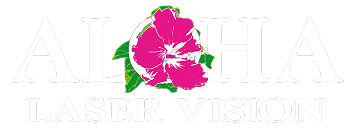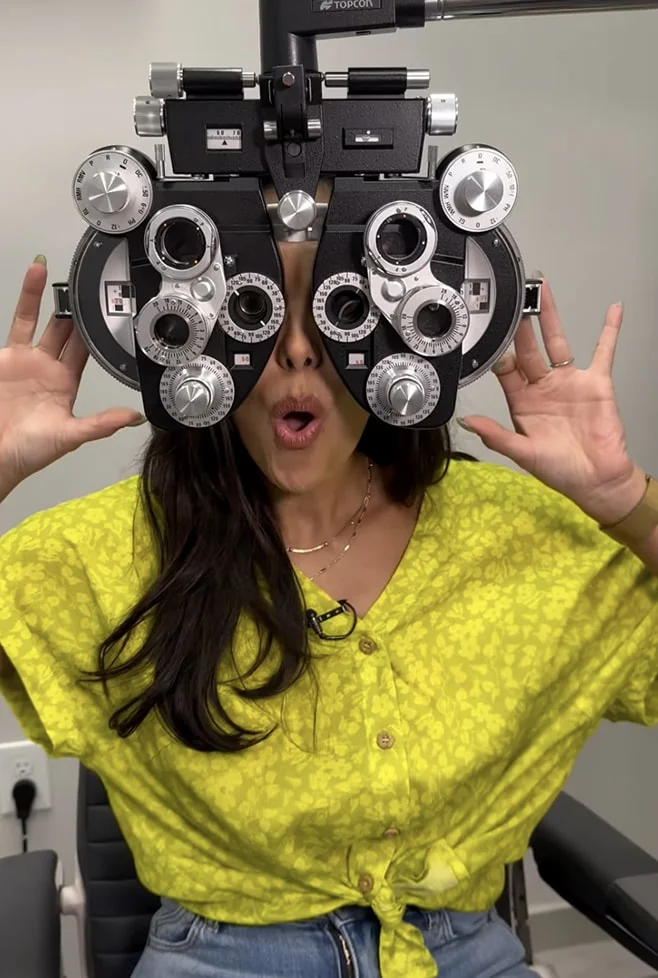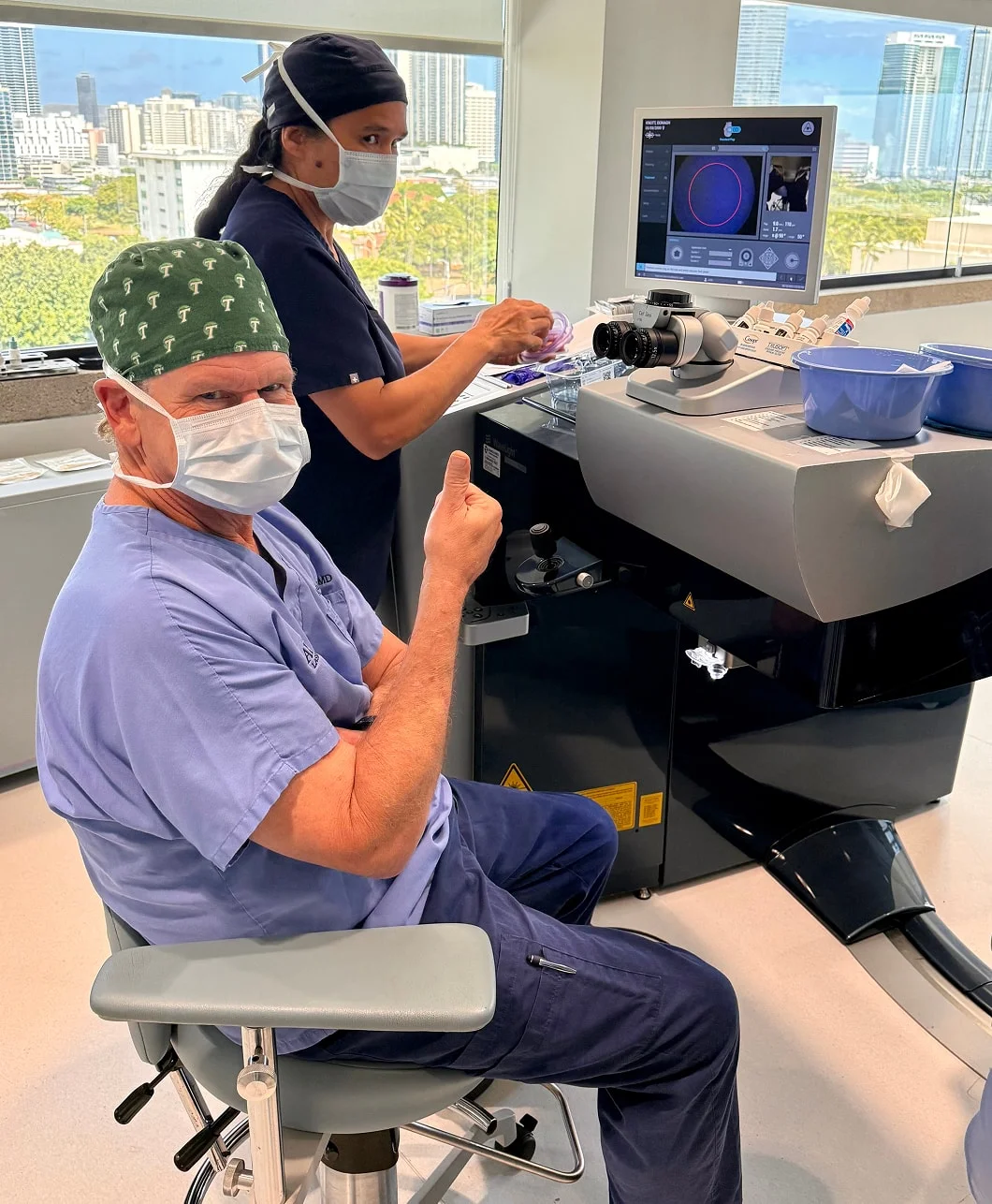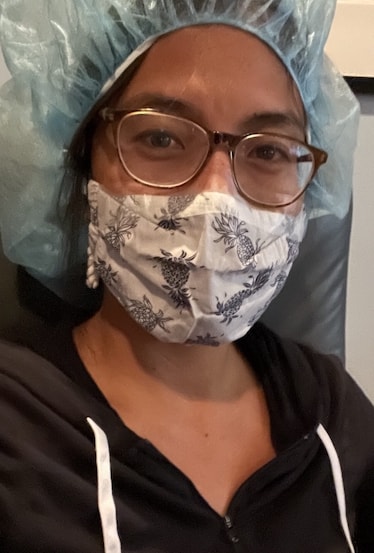What’s New?
HI Now Daily shines the spotlight on Aloha Laser Vision! Watch as Dr. Alan Faulkner shares how Aloha Laser Vision is helping the islands see clearly with state-of-the-art vision correction treatments right here in Honolulu.
Why Choose Aloha Laser Vision?
Aloha Laser Vision is so much more than just a laser refractive center! In addition to LASIK, PRK, and other advanced refractive procedures, we offer a wide range of eye care and vision correction treatment alternatives tailored to suit each patient’s unique needs and ocular condition(s). Furthermore, we have expanded our practice to include an array of effective cosmetic laser treatments and advanced skin care products.
Recognized both nationally and internationally for his experience and expertise, Dr. Faulkner is frequently an invited lecturer at industry meetings worldwide. He is passionate about using the latest technology, developing personalized treatment plans, delivering optimal outcomes, and treating patients like family.
If you are considering treatment for your vision, we invite you to experience Aloha Laser Vision for yourself during a personal consultation. Contact our practice today to schedule a visit to learn more about achieving the clear vision you desire.
Life-Changing Results
“Aloha Laser Vision has a fantastic staff that are all very knowledgeable and compassionate to your needs. If you need their type of services they are above and beyond the first choice.”
“Fantastic experience from consultation through post-op. The LASIK surgery itself was insanely fast and simple and painless. I am mindblown by it all. Everyone in the office was very nice and professional. Highly recommend”
“Super good. I feel elite now. Dr Faulkner made cookies too and it was probably the best and most memorable part of my experience. The whole staff is super nice. Big fan. I’d do it again if I had another pair of eyes.”
“Staff was very professional and through. I would recommend Aloha Laser Vision to my friends and family.”













